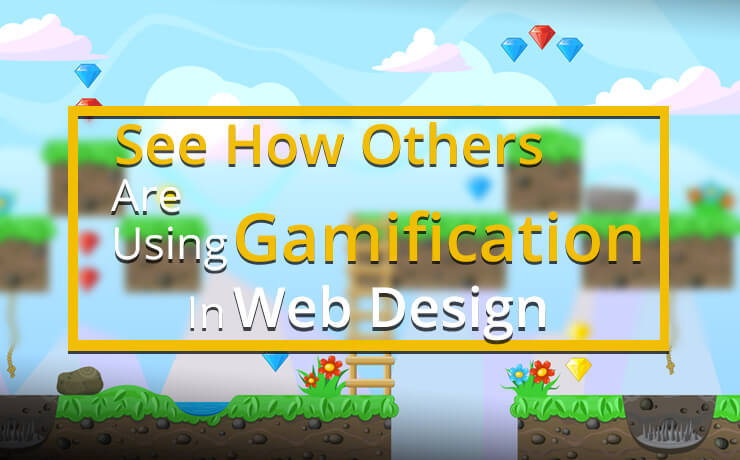See How Others Are Using Gamification In Web Design

Chad Faith
Director of Content

What is gamification? In the world of web design and development, it is the practice of putting game UI elements, mechanics, and features into one’s app or website. Start familiarizing yourself with several different forms of gamification by seeing how others implement the concept across the Internet!
Subject A: Interland
Interland is literally a website overflowing with mini-educational games that are primarily directed at children. The games are designed to impart Internet safety skills to users and emphasize the importance of showing courtesy to new Internet users. This may not be an approach that works on most sites. If you are designing an educational website, doing what Interland did will be pretty effective. As you would already know, learning through fun and play is a proven concept.
The main takeaways are: platforming, puzzles, quizzes, and more.
Subject B: Zoho Motivator
One of the tools provided by the Zoho online office suite is the Zoho Motivator. It is used to measure how each sales associated from a certain company is performing. It collects various forms of data including completed sales, creation of potential customers, generated leads, etc., from Zoho’s CRM tool. The tool then pits these professionals against each other in a harmless competition or an aggressive race to see who achieve the most sales. Well, it depends on the corporate environment.
The main takeaway is: competition – on hard mode.
Subject C: Klout
Today, social media is gamified to a limited extent. However, Klout takes it a few steps further. It takes the widespread popularity contest—social media—and adds a number to everyone’s status and popularity. This helps drive interaction by enabling options for users to connect all of their social media accounts, showing others how much more industry leaders are more popular than you, in your fields of interest. Next, Klout shows you several ways to boost and post content to raise your number.
The main takeaway is: competition.
Subject D: LinkedIn
Some might not think of this as a game mechanic, but LinkedIn does implement a mechanic that is designed to encourage their users to complete their profiles. This social media platform treats the process of completing each part of one’s profile a bit like an achievement. As you fill out each field, you will see a status bar that showcases how full it is.
The feature is designed to trigger one’s completionist instinct on one level. In addition, these sites regularly emphasize that users with fuller profiles will be more successful at networking. On one hand, it pulls the right strings of your competitive instincts. On the other, it is good advice nonetheless. While they are subtler aspects of gamification, they do fit the theme.
The main takeaways are: completion and competition.
Subject E: Habitica
Habitica features one of the most direct applications of game design mechanics and principles that one can see in a web application. The reason is? It basically is a game! As you can see, the app’s stated purpose is to help users kick bad habits and form new, good ones. The app imparts its values to users via the direct application of role-playing game mechanics. If you spend time on your new habit, you earn points. If you succumb to old habits, you bid farewell to your points. When you earn sufficient points, you get upgrades, and more.
The main takeaways are: gear, upgrades, levels, experience points, and more.
 Free
Consultation
Free
Consultation Free
Google Ads Audit
Free
Google Ads Audit







